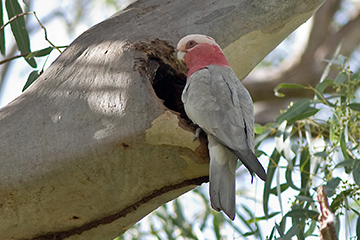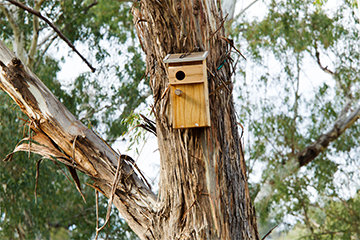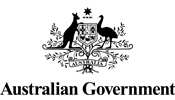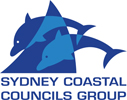Further resources on native gardens
We've compiled a list of helpful links to other information and organisations that can help you set up your native garden.
%20(2).jpg)
Inner West Council community native plant nurseries
For local native plant sales and advice, visit one of Council’s nurseries. Stock at the nurseries vary as plants are grown on a seasonal basis.
Marrickville Community Native Plant Nursery
Addison Road Centre, 142 Addison Road, Marrickville
Opening hours:
Wednesday 10am – 12 noon
Saturday 10am – 1pm
Sunday 10am – 1pm
Rozelle Bay Community Native Plant Nursery
22 Wisdom Street, Annandale.
Opening hours:
Wednesdays 9am – 12:30pm
Fridays 9am – 12:30pm
Other nurseries to source native plants
2B Barker Street, Kingsford
345 The Boulevarde, Gymea
.jpg)
Council programs
Bushcare
Becoming a Bushcare volunteer is a great way to help build and protect habitat for native wildlife. There are Council Bushcare sites and sites managed by community groups such as the Mudcrabs and Wolli Creek Preservation Society. It's a good way to gain on-ground skills such as native plant identification and weed control techniques. For more information visit Council's volunteering page.
Sustainable streets
Convert your verge into a habitat garden. More at the Sustainable Streets webpage.
Rainwater tank workshops and rebate
Council runs regular free rainwater harvesting workshops for residents to help them choose the right tank for their needs. Some tank installations may be eligible for a rebate. More at the Rainwater tanks webpage.
Citizen science
Take part in monitoring wildlife in the Inner West. Find out at the Citizen Science webpage.
Water sensitive design workshops
Learn how to landscape sustainably with water at our Water sensitive design webpage.
Green Living Centre
Learn how pollinators can help urban natural areas and humans in the Green Living Centre's Discovering Pollinators of the Inner West webinar recording.
Hollows as Homes
Hollows as Homes launched in March 2016 and is coordinated by the Royal Botanic Garden, the University of Sydney, and Australian Museum. Inner West Council is one of 30 councils encouraging community participation in this project. With the help of the community, this project aims to find out how many tree hollows are available and how wildlife use them across the Sydney region.

How does it work?
The Hollows as Homes team wants people to report tree hollows in their backyards, streets, parks and/or paddocks through the Hollows as Homes website. Participants take measurements of the hollow-bearing trees and periodically monitor and report the wildlife using the hollows. Training is available through workshops and the website.
Why Do it?
In urban and agricultural areas, large hollow-bearing trees are disappearing, but many species of animals rely on tree hollows. In NSW, animals depending on hollows include at least 46 mammals, 81 birds, 31 reptiles and 16 frogs. Of these,40 species are listed as threatened with extinction. This is why the ‘loss of hollow-bearing trees’has been listed as a key threatening process.
Hollow-bearing trees in urban areas are commonly removed as a safety precaution. However a new method of cut-in hollows has been developed, which aims to safely keep trees to increase hollow habitat which is important to protect biodiversity. Cut-in hollows complement the established method of nest boxes.
How is the information used?
The information people provide will be used to build a picture of the location, type and number of hollows available in different local areas, as well as the wildlife using these hollows. The information helps councils make plans and decisions to keep important habitat trees in their areas, plant new habitat trees in the future and create missing habitat (e.g. small, medium or large hollows). Hollows as Homes therefore welcomes reports of nest boxes and cut-in hollows in addition to natural tree hollows.

Contact
For more information contact Dr Adrian Davis hollows.ashomes@gmail.com or visit facebook.com/hollowsashomes. Hollows as Homes is supported by the Sydney Coastal Councils Group through funding from the Australian Government.


Habitat Stepping Stones

Inner West Council is a member of the Habitat Stepping Stones program.
You're invited to sign up and start creating habitat in your backyard or balcony.
It's free to join and you'll receive a colourful plaque for your front fence.
Choose as many food, water and shelter elements as you like to add to your garden. By creating habitat, you are helping our native animals and plants thrive in the Inner West!
To learn more check their video about the program.
Join by going to the Habitat Stepping Stones website and choose Inner West as your council area.